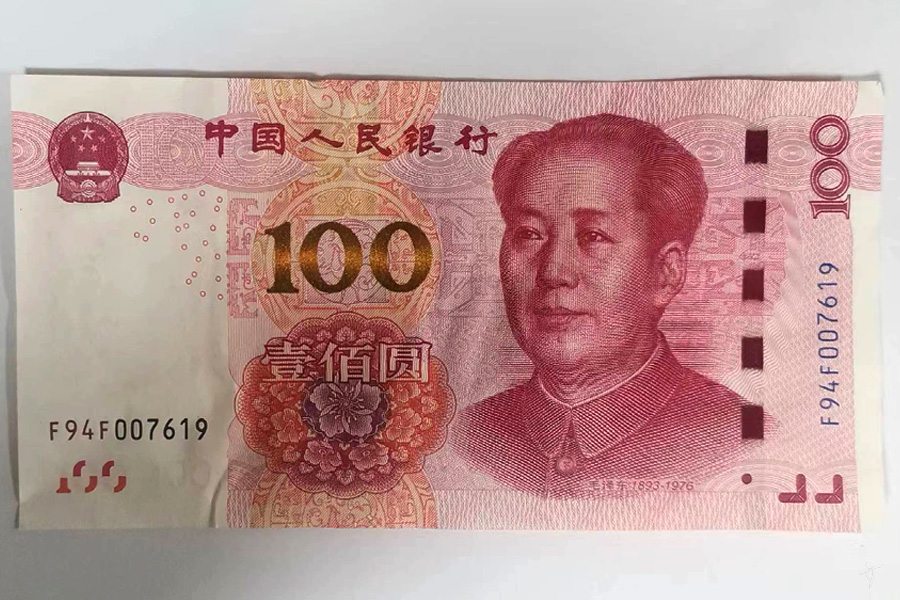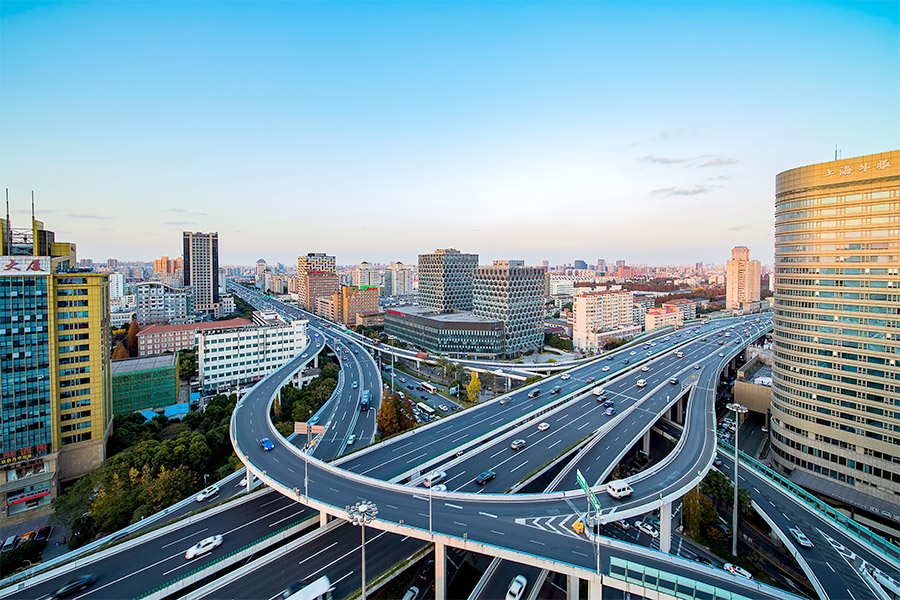Overviews and Symbols of China

Covering a total area of about 9.6 million square kilometers, which accounts for some 6.5% of the world total land area, China is the third largest country in the world after Russia (about 17,075 million square kilometers) and Canada (about 9,971 million square kilometers). As the most populous country, China's total population of over 1,4 billions makes up about 23% of the total population in the world. After the founding of PRC in 1949, 56 ethnic groups have been identified by the Chinese central government, with the Han Nationality accounting for about 90% of the total Chinese population. However, the ethnic minority groups in China enjoy more preferential policies made by the central government.
With a long history of more than 5000 years with glorious culture, China is known as one of the oldest civilizations in the world and enjoys equal fame with Egypt and India. And Chinese cultures such as festivals, customs, religions, costume, food and writing system have been widely spread across East Asia especially Japan, Korea and Vietnam.
Historically, China has experienced 28 dynasties and many world famous inventions emerged (such as papermaking, paper currency, woodblock printing, movable type printing, gunpowder, toilet paper, early lodestone and needle compass, early seismological detectors… etc). China had grown into one of the most developed countries in the world prior to the 19th century, however, the nation began to decline because of missing the Industrial Revolution in Europe and the invasion of the western powers in the late 19th century and the early 20 century.
In the past decades of years, China has worked hard in development and the 2008 Beijing Olympic Games and the 2010 Shanghai Expo let the world know more about the ancient and modern China.
Climate in China
Spanning the latitude over 50 degrees, the general climate in China can be characterized by a continental one. The greater part of the Chinese territory situates in the Temperate Zone, its southern part in the tropical and subtropical zones, and its northern part near the Frigid Zone. Temperatures differ strikingly across the country. The northern part of Heilongjiang Province has long winters but no summers; while the Hainan Island in the south has long summers but no winters. The Huaihe River valley is marked by distinctive seasonal changes, but it is spring all year round in the south of the Yunnan-Guizhou Plateau. In the northwest hinterland, the temperature changes dramatically. China high tundra zone is situated in the Qinghai-Tibet, where the temperature is low in all four seasons. Some desert areas are dry all year round.
Country Name in Chinese: 中华人民共和国 (中国)
Country Name in English: The People's Republic of China (P.R.C.)
Capital City: Beijing
Largest City: Shanghai
Official Language: Mandarin Chinese
Area: about 9,600,000 square kilometers
Population: 1,411,750,000 (by 2022)
Number of Ethnic Groups: 56
Foundation Day: October 1st, 1949
National Flag: The Five-starred Red Flag
National Anthem: March of the Volunteers
Form of Government: System of National People's Congress
Currency: Renminbi (RMB)
Symbol of Currency: ¥
Country Code: CHN
Internet domain: .cn
International Dialing Code: +86
Time Zone: UTC+8
Road traffic: Right-hand traffic
Religions: Officially atheist, Buddhism, Confucianism, Taoism, Islam, Christianism
Related Readings
Top Topics

Chinese Currency
Due to the policy of "One Country, Two Systems", China now implements two systems in monetary system in Hong Kong and Macau special administrative ...

Food in China
"Food is the first necessity of the people" is a famous old saying in China, which reflects that Chinese has had paid much attention to food since ...

Transportation in China
Since the establishment of the PRC in 1949, China has experienced a tremendous growth of its transportation system. Modern constructions in coastal...




